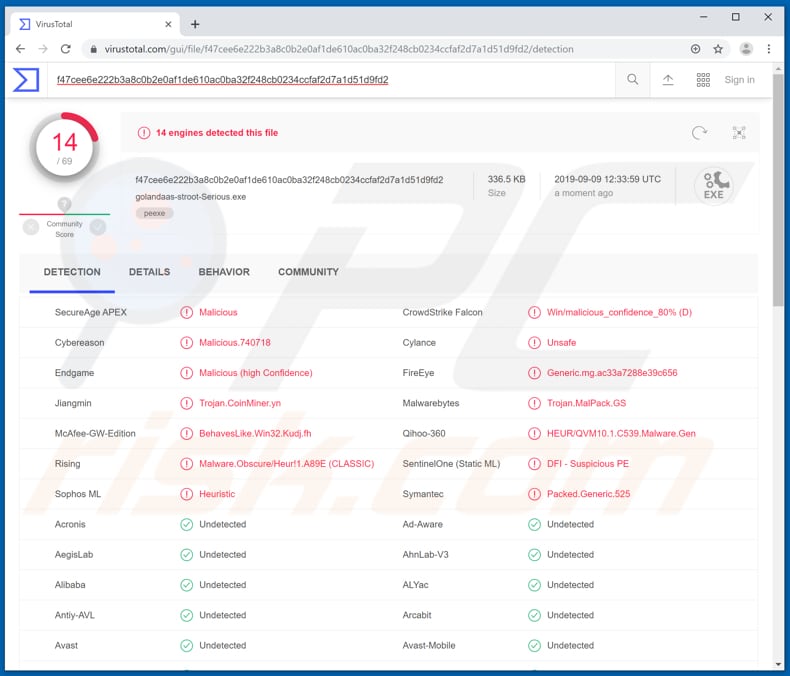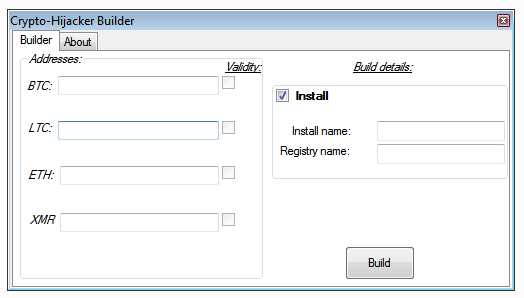Clipboard Hijacker
$250.00
| Name | Clipboard Hijacker virus |
| Threat Type | Clipboard hijacking malware. |
Clipboard Hijacker is malicious software used by cyber criminals to make fraudulent cryptocurrency transactions. This can be achieved simply by changing cryptocurrency wallet addresses from those saved in users’ clipboards to others owned by cyber criminals.
In this way, they use Clipboard Hijacker to steal cryptocurrency from other people who use cryptocurrencies and make associated transactions. This malware must be uninstalled immediately.

More about Clipboard Hijacker
The clipboard is a buffer in operating systems used to temporarily store data while it is moved (typically, copied) from one place to another. For example, data copied from a document is stored in the clipboard so that users can then paste it to another, perhaps different, document.
In this particular case, cyber criminals use Clipboard Hijacker to replace the cryptocurrency wallet addresses that are copied to the clipboard with addresses of other wallets. Many people make transactions by entering their wallet addresses manually and copy them to the clipboard.
Cyber criminals then use Clipboard Hijacker to replace it with another address so that unsuspecting victims transfer money to them and not the intended recipient.
People tend not to double-check wallet addresses entered, and cyber criminals then successfully trick them into making unintentional transactions. To prevent this, remove Clipboard Hijacker immediately and double-check all addresses before making cryptocurrency transactions.
| Name | Clipboard Hijacker virus |
| Threat Type | Clipboard hijacking malware. |
| Detection Names | AegisLab (Trojan.Win32.Generic.4!c), Endgame (Malicious (high Confidence)), ESET-NOD32 (PowerShell/Rozena.EA), Kaspersky (UDS:DangerousObject.Multi.Generic), Full List (VirusTotal) |
| Symptoms | Clipboard data stealers/hijackers are designed to stealthily infiltrate the victim’s computer and remain silent, and thus no particular symptoms are clearly visible on an infected machine. |
| Distribution methods | Infected email attachments, malicious online advertisements, social engineering, software ‘cracks’. |
| Damage | Stolen banking information, passwords, identity theft, victim’s computer added to a botnet. |
Related products
Money Transfer
Hacking













